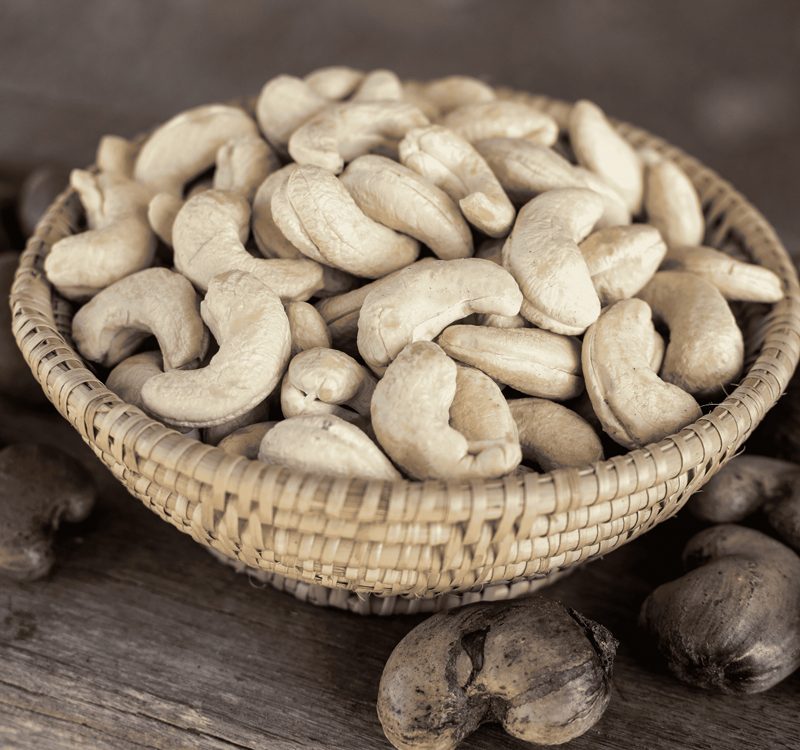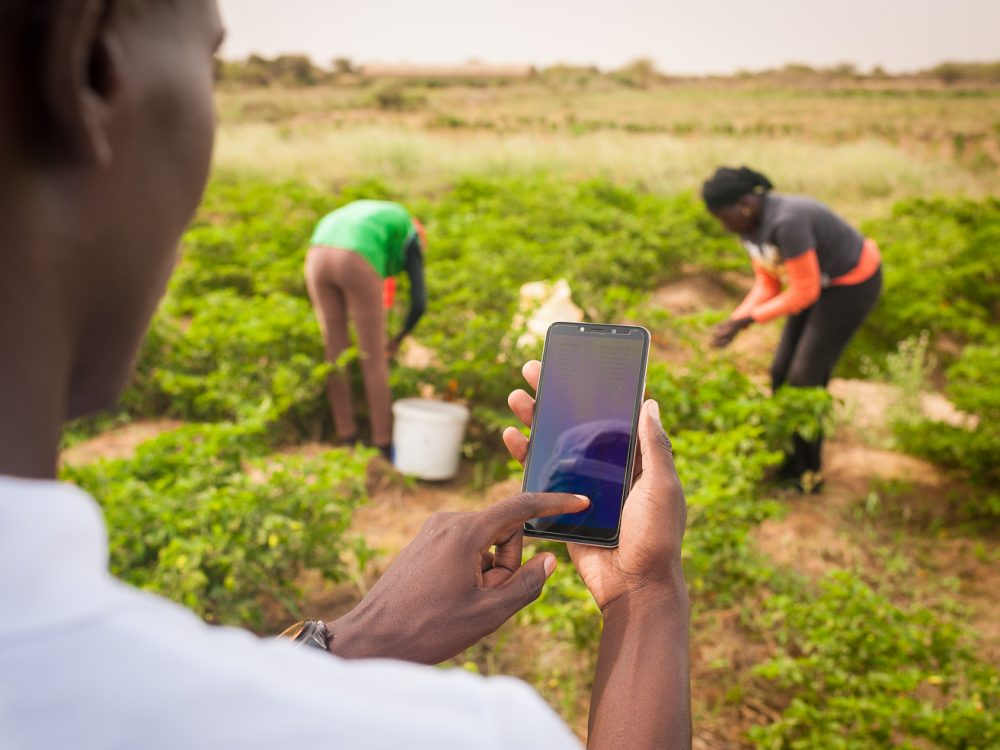Achieving the 2030 Agenda
This year has marked the first since remarkable consensus on the Sustainable Development Goals, Paris Climate Agreement, and Addis Ababa Financing for Development conclusions. With world leaders back home, the real work begins – and to accomplish these goals, leaders must include governments, private businesses, and civil society. Development Gateway is proud to be part of the international community striving to make the world a better place for all.
Energy, agility and innovation: these are the traits Development Gateway brings to meet the challenge of the 2030 Agenda. In particular, as data become increasingly available, we are sharpening our focus on the use of information to achieve impact: how we can enable those at the local level to use data to achieve their goals and deliver services more effectively.
Over the past year, we have sought to increase data use through a range of programming. This focus has taken the form of exploring local-level results data collection, interoperability, and use; working with partner governments to visualize and communicate health, education, and financial information; and understanding the enabling environments that promote open data use – to name just a few examples from our growing portfolio.
Development Gateway remains a technology and data-focused social enterprise. As a learning organization, we seek to incorporate adaptive, evidence-based approaches in all that we do. We strive to continue providing impactful services to work with our partners in a variety of ways: leveraging state-of-the-art software and user-centric development practices, building organizational monitoring, evaluation and learning frameworks, using the latest data science techniques to help our partners, and broadening their “voice” across online and offline media.
Through deepening our partnerships with governments, development partners, and like-minded organizations, we aim to deliver adapted tools and services, and strengthen our partners’ capacity to enable their success. Crucially, this must include not only the collection of datasets, or maintenance of a technology platform: it must also entail using this technology and data for better policies, planning, communications, and analysis. Achieving this sustainable cycle is at the heart of Development Gateway’s mission and mandate.
We invite you to join us as we seek to turn data into action.
Ad Melkert is the Chair of DG’s Board of Directors. This article is excerpted from DG’s 2016 Annual Report, which you may download or read online.
Share This Post
Related from our library

Economic Toll of Tobacco-Related Diseases in Kenya: New Research Findings
Development Gateway: An IREX Venture (DG) is pleased to announce the publication of a research manuscript on the Economic Costs of Tobacco-Related Illnesses in Kenya. This research was carried out as part of the Tobacco Control Data Initiative (TCDI) activities in Kenya and is part of a broader report on Morbidity and Mortality from Tobacco Use in Kenya.

Building a Sustainable Cashew Sector in West Africa Through Data and Collaboration
Cashew-IN project came to an end in August 2024 after four years of working with government agencies, producers, traders, processors, and development partners in the five implementing countries to co-create an online tool aimed to inform, support, promote, and strengthen Africa’s cashew industry. This blog outlines some of the key project highlights, including some of the challenges we faced, lessons learned, success stories, and identified opportunities for a more competitive cashew sector in West Africa.

Digital Transformation for Public Value: Development Gateway’s Insights from Agriculture & Open Contracting
In today’s fast-evolving world, governments and public organizations are under more pressure than ever before to deliver efficient, transparent services that align with public expectations. In this blog, we delve into the key concepts behind digital transformation and how it can enhance public value by promoting transparency, informing policy, and supporting evidence-based decision-making.